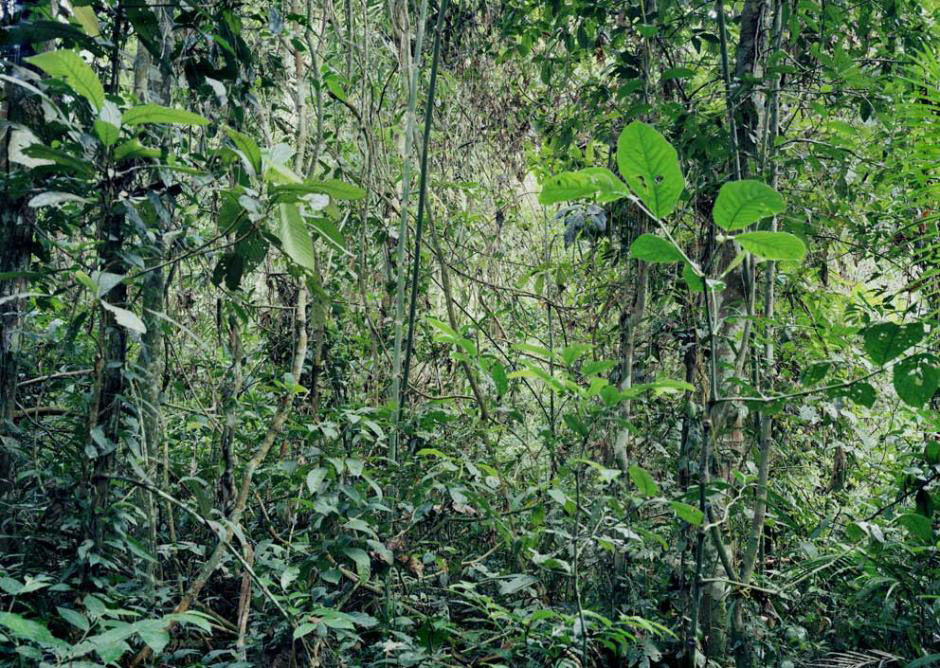MPP Research
- Dave Macey

- Jan 31, 2016
- 3 min read

I haven’t managed to get back into the forest since the tutorial, I was hoping to get in there this week, but storm force winds and torrential rain have virtually been non stop. Still there is always next week.
But I have managed to read The Quiet Photographer, a chapter in the book The Pleasures of Good Photographs, by Gerry Badger.
In this chapter he talks about the lack of the voice of the photographer which helps to define the quiet photograph. By this he means that the personal style of the photographer, their own personal inclinations are subdued and allow the subject matter to almost speak for itself. As he says at the beginning of the chapter, “The egotistical mediation of the determinedly expressive auteur is politely shunned”. This means that the photograph does not need to lead the viewer into viewing something a certain way, so compositional tools such as a jaunty low angle to emphasise someone standing above would be seen as being quite expressive of what the photographer thought rather than that of the scene itself.
Rather it’s more about the photographer being understated rather than using style to dominate and influence. The aim is to take a photograph as objectively as possible and allow the subject matter to tell it’s own story instead of being influenced by the photograph. This treats the viewer in a much more intelligent way than rather being “spoon fed” by the style of the photographer to emphasise a particular definition.
He then moves onto the point that if everyone adopted this “deadpan” style as it is often called, then one photographer would be indistinguishable from another. But he then also goes onto say that the deadpan style becomes the recognisable style of the photographer because there will always be a difference as the two photographers are different people and don’t share the same viewpoint or experiences.
To show this below there are two photographs, both taken of similar subject matter but by different photographers using the deadpan style.


Just by comparing them side by side the differences are startlingly different. The Thomas Struth Paradise image on the left looks more lush and green, the subject matter is closer to the picture plane and the forest looks dense. With the Jem Southam image on the right, the image has a wider tonal range, there is a bigger sense of distance and is a fraction darker. Because of the differences between them, even though they are of a similar subject matter and both have used the deadpan aesthetic, we can clearly see differences.
I think the other crucial point about using a deadpan aesthetic is that the photographs need to be part of a series of images to produce a sense of authorship by the photographer. But this is also true of previous styles, that a photographer cannot assert his own style with just one photograph, a series is always needed for the style to come through to the viewer.
There is often a reason why people, especially people who are accomplished in their field of expertise, do things a certain way. This is because they have found a way to achieve something, and in photography the reason why people like Southam and Struth use deadpan aesthetic is because it works. It doesn't diminish their voice as a photographer by being a “quiet” photographer, but it actually increases their sense of authorship because they have worked out how to use this aesthetic successfully.
But I think that the deadpan aesthetic needs to put into a context. Before deadpan became so popular, it was quiet fashionable for photographers to express their own intentions strongly by use of a personal style that shouted for attention. The Robert Capa quote on taking a good picture is “to get close and to get a better picture is to get closer.” This means that the authorship of his images shouts at the viewer and the sense of drama, action and tension in his war photographs is unmistakable. This is in direct conflict with deadpan photography, where the photographer doesn’t try to re-present the scene influenced by their own ideals or morals or viewpoints.
Part of the reason for the difference is time, Capa’s war photographs were in the second world war and Struth’s Paradise series is contemporary, there is about a 50 year gap. In that time photography has evolved, tastes have changed and currently a strong authorial voice is not in fashion because the photograph has shifted it’s ground. It’s almost as if it has outgrown the strong authorial need to asserts itself and has returned to a more basic and understated viewpoint.



Comments